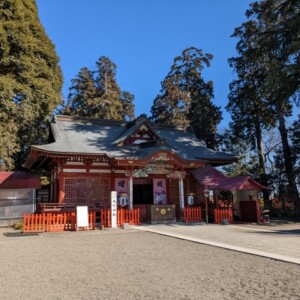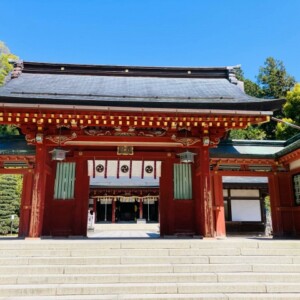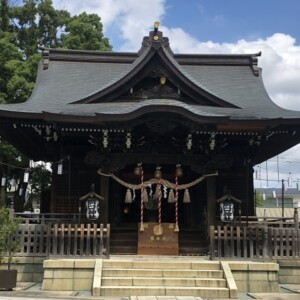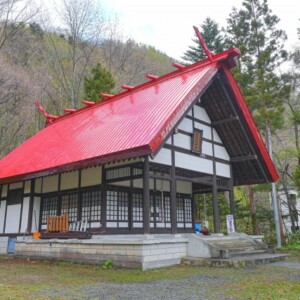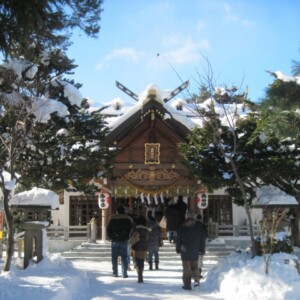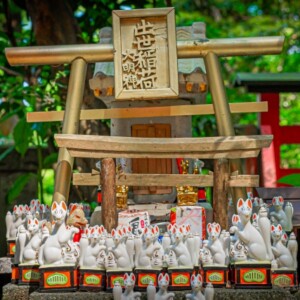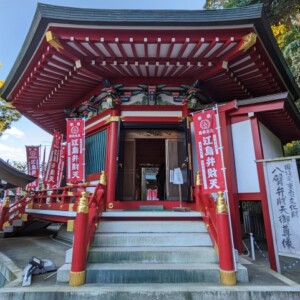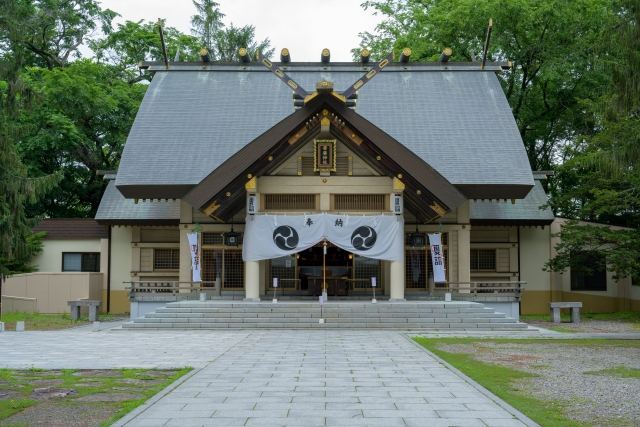
Obihiro Shrine|Complete guide to the history, highlights, and worship information of this historic shrine
Obihiro Shrine, located in the center of Obihiro City, Hokkaido, is a shrine with a long history, having been developed along with the Meiji Era settlements. In recent years, the shrine has attracted nationwide attention as a “sacred place for striped eagles,” and has also become a topic of conversation for its beautiful flower hand-watering and creative award items.
Outline and basic information about Obihiro Shrine
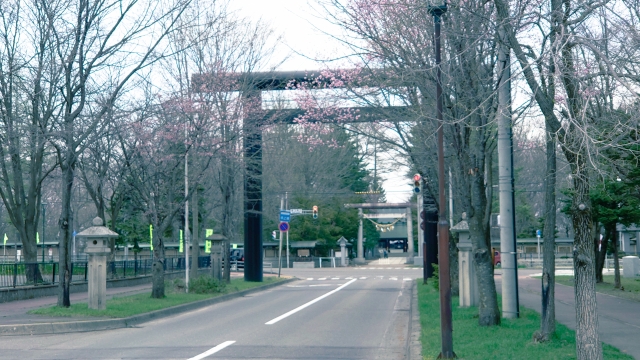
Obihiro Shrine was founded in 1883 by Benzo Yoda and others from Matsuzaki, Shizuoka Prefecture, who organized the Banshisha and settled in Obeliberi (present-day Obihiro), and held a festival (Tenno Matsuri) from 1885. The shrine was established in its present location in 1908, and on September 24 of the same year, the shrine received a memorial tablet from Sapporo Shrine (present-day Hokkaido Jingu Shrine), and since then the shrine’s regular festival has been held on September 24.
In July 1976, the shrine was added to the list of annexed shrines, and has occupied a prestigious position as one of the seven annexed shrines in Hokkaido. As the general guardian of Obihiro City, the shrine has continued to grow along with the development of the community.
History and Origin
There is a record that a festival was held in front of the shrine enshrined in front of the giant tree since 1881, when “Banseisha,” a pioneer group organized by Benzo Yoda and others from Matsuzaki-cho, Shizuoka Prefecture, held a festival in front of the shrine, which was later called Obihiro Shrine and was revered as such. Interestingly, horse races were held as entertainment during the festival, which is said to be the beginning of today’s Banei horse races.
In 1909, a proposal for the construction of a shrine building was discussed, and after a town meeting, it was decided to establish a new shrine at the present location. The shrine’s history began the following year at its current location. The shrine was later elevated to the status of a township shrine in 1918 and to a prefectural shrine in September 1930.
In 1979, a new shrine pavilion and other structures were constructed, and in 1980, the shrine office was reconstructed.
Deities and Benefits
The three deities of the shrine are Okunitama no Kami, Onamuchi no Kami, and Sunahikona no Kami. Onamuchi is another name for the deity Daikoku (Daikoku), and is believed to bring good luck in marriage and business.
These deities are believed to be the guardian deities of Hokkaido’s pioneering spirit, and are believed to be beneficial in a wide range of fields, including agriculture, commerce, medicine, and martial arts. The shrine is especially famous for its blessings for marriage, and many worshippers come to the shrine to seek a good match.
Obihiro Shrine Highlights
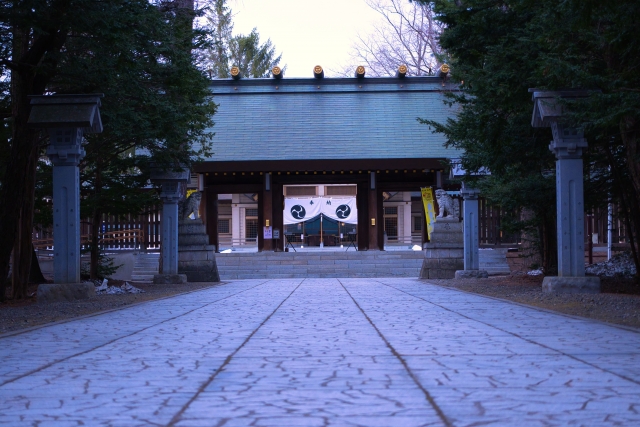
Obihiro Shrine is one of the few shrines in Japan that combines the solemnity of a traditional shrine with modern charm. The shrine is actively engaged in attractive initiatives that are not only traditional, but also in line with modern trends.
As a sacred place for the Shimaenaga
Obihiro Shrine is known as a shrine where the snow fairy, Shimaenaaga, comes to play. The Striped Eagles are often seen from fall through spring, and sightings are posted on social networking sites. The shrine has been frequently introduced in books and magazines on Striped Lapwing, as well as in bird lover’s bulletins, and has become known as a sacred place for Striped Lapwing and as a Striped Lapwing shrine.
The lush forest within the shrine grounds is home to cute Ezo squirrels, and many wild birds, including the striped naga, also visit the shrine. Many visitors come to the shrine to observe the birds, and especially during the winter season, the chances of spotting a striped egret are high.
The 6th most beautiful flower garden in Japan
Ranked 6th in the nation, Hanate-mizu is held six times a year during Golden Week, the Summer Pilgrimage period, and during the regular festival. Visitors can enjoy “Hana-Temizu Meguri” at five locations on the temple grounds with Tsukubai, hibachi, and marbles floating in the water in various sizes and atmospheres.
The temple was the first in Hokkaido to incorporate this feature and has been selected as one of the 10 best flower gardens in Japan. The sight of colorful flowers floating on the surface of the water soothes the hearts of worshippers and has become a hot topic on SNS.
Lush green precincts and natural environment
The lush nature of the temple grounds was designated as an environmental green zone in Hokkaido in 1974. Large trees such as Japanese elm, walnut, and katsura grow wild, and the area is also home to many wild animals such as the striped egret, Ezo squirrel, and Ezo flying squirrel.
The Shinpike at Obihiro Shrine is also called “Green Pond” or “Pond of Green Tea” because of its mysterious green color caused by the occurrence of floating weeds (ukikusa) in the summer. It is especially beautiful on cloudy days after rain. This beautiful pond has attracted a lot of attention on SNS in recent years, and many photo enthusiasts visit the pond.
Guide to visitation and sightseeing
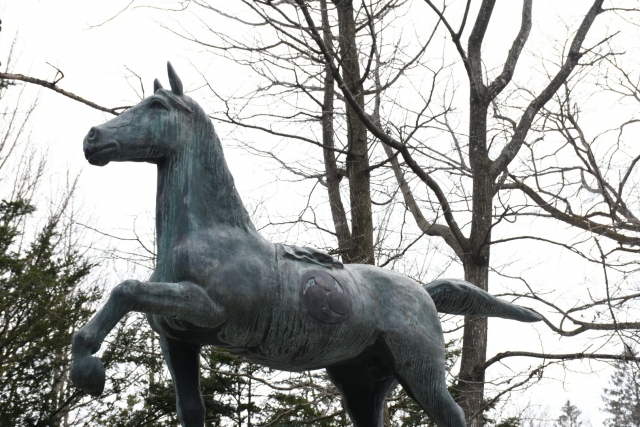
At Obihiro Shrine, we are committed to creating an environment that is friendly to the modern worshiper, while respecting the traditional manners of worship. Obihiro Shrine encourages daily “strolling” and hopes to popularize “strolling mairi” under the catchphrase “visit the shrine while taking an osanpo-gara (strolling around the shrine)” to maintain health, change one’s mood, and nourish one’s vigor for tomorrow.
Worship Etiquette and Manners
When visiting a shrine, bow at the torii gate before entering the shrine grounds. After purifying your hands and mouth at the hand- and mouth-wash basin, you should bow in front of the shrine and pray with two beats of the hand and one clap of the hand. Since the shrine grounds are rich in nature and inhabited by wild animals, it is important to worship quietly and respect the animals’ living environment.
Please note that children and dogs often mistake the pond for grass and fall into it! (The depth of the pond is about knee-deep for adults), so please be especially careful around the “Green Pond.
Annual and Seasonal Events
The “Summer Pilgrimage,” in which visitors visit the shrine six months after their first visit, begins with a purification ceremony on June 30 at Obihiro Shrine and ends on August 15, the end of summer in Hokkaido. Fifty “Isuzu wind-bells” are scattered throughout the shrine grounds, filling the entire grounds with the cool sounds of the wind.
Hanatemizu (flower water for hands) will also be open to the public four times during the summer pilgrimage period, creating a peaceful atmosphere. The annual festival is held on September 24 every year, which is the day when the Goryo-dai (the spirit of the deceased) is enshrined at the Sapporo Shrine (now the Hokkaido Jingu Shrine).
Red Seal and Charm Information
Currently, all items are available only in the form of a written note. The red seal of Obihiro Shrine is stamped only on Japanese paper with a snowflake pattern (the method of Ise Jingu Shrine). The red seal stamped with a striped pattern of a Japanese snowflake is also very popular and is an original of Obihiro Shrine.
In addition to the standard good luck charms, the shrine’s other popular items are designed by the shrine priest himself. Especially popular are:
- Shimaenaga mikuji: A cute ceramic omikuji, unique to the shrine where the snow fairy Shimaenaga comes to play.
- Salmon mikuji: This is a salmon mikuji (magical salmon lucky trout) from the Ezo mikuji series that is available in Hokkaido. The fish are caught with a fishing rod from a wooden box that resembles a toro box that carries fish.
- O.K.Mamori: Based on a waka poem composed by Benzo Yoda, the founder of Obihiro’s pioneering spirit, this mikuji is dedicated with the strong wish that no matter what the winds, waves, or other hardships may bring, we will be safe. It is a rare amulet made entirely in black.
In “Silver Spoon” by Hiroshi Arakawa, a manga artist also known for “Fullmetal Alchemist,” Obihiro Shrine (Oezo Shrine) appears as the place where the main character has his first date. In the film, a scene is depicted in which the main character makes a wish on an “ema,” a horse-shaped ema, and fans can be seen receiving the ema as a commemorative gift during their pilgrimage to the holy place.
Access/Use Information
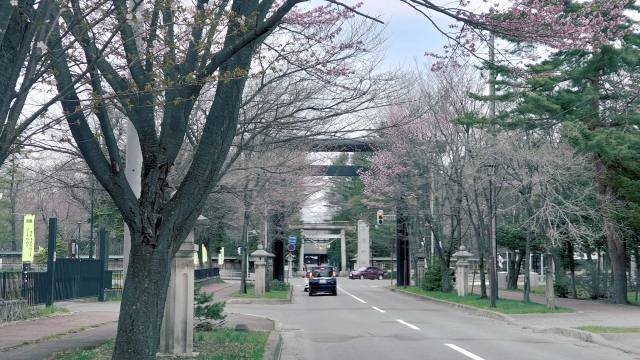
Obihiro Shrine is easily accessible from the center of Obihiro City, making it easy to visit by public transportation or by car.
Transportation Access
By train: 24-minute walk from JR Obihiro Station, or from Obihiro Station Bus Terminal No. 8, take Tokachi Bus [7] Mizuhousen bound for Higashi-13jo (Obihiro City) → 2-minute walk from Sogo Shinko Bureaus-mae stop.
Access by car: 6 minutes from “Obihiro Station” by car, about 2 hours and 45 minutes from Sapporo to Obihiro, about 2 hours and 35 minutes from New Chitose Airport to Obihiro
<Address> 2-1, Higashi 3-jo Minami 2-chome, Obihiro City, Hokkaido 080-0803, Japan
Hours of Admission, Fees, and Parking Information
Hours of worship: Shinmon gate open 5:00 – 18:00 (April – September), 5:30 – 17:30 (October and March), 6:00 – 17:00 (November – February)
Hours of the awarding office: 9:00-17:00
Admission: Free
Parking: Free parking for approximately 150 cars. We are informed that parking is available across the street, and large buses can also park there.
Inquiries: TEL 0155-23-3955 FAX 0155-23-3956
We recommend that you contact the shrine in advance for information on prayer hours and detailed annual events.
Reference sites
Obihiro Shrine official website: https://www.obihirojinja.jp/




